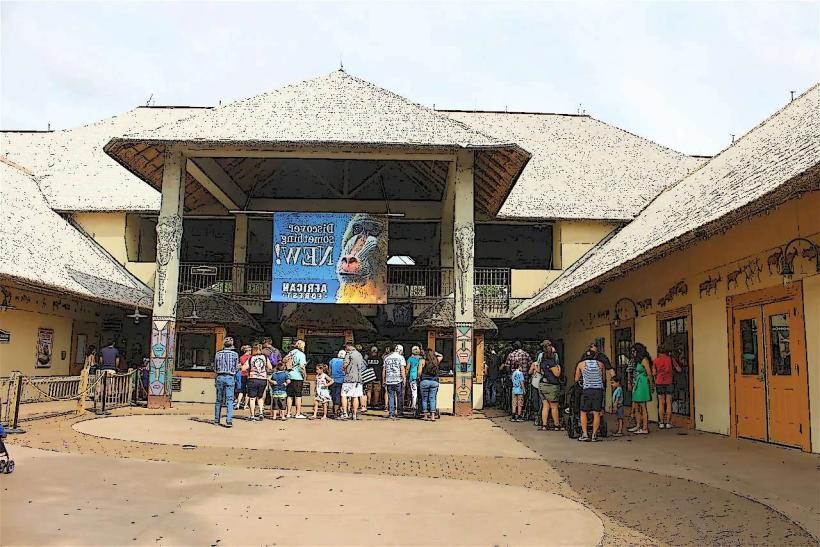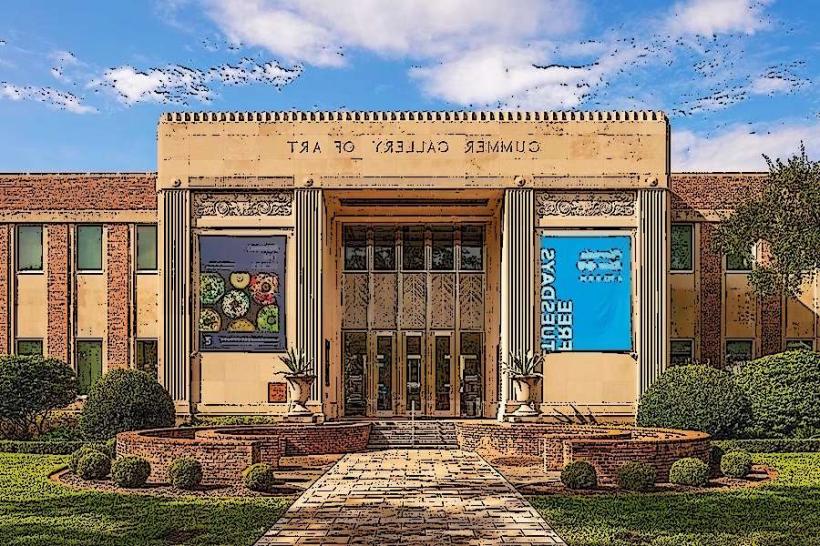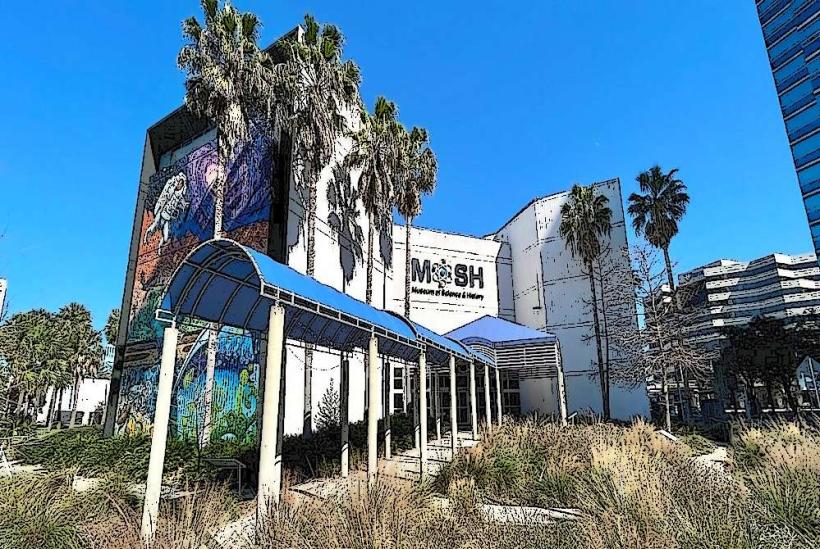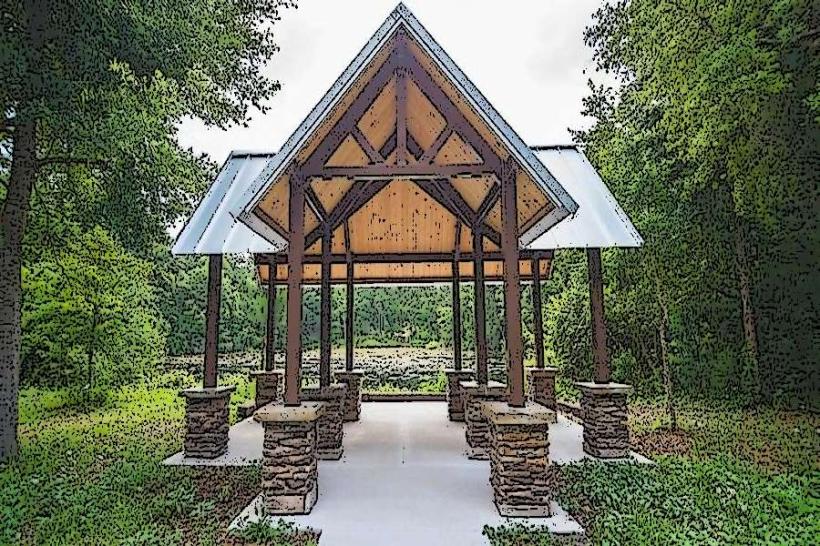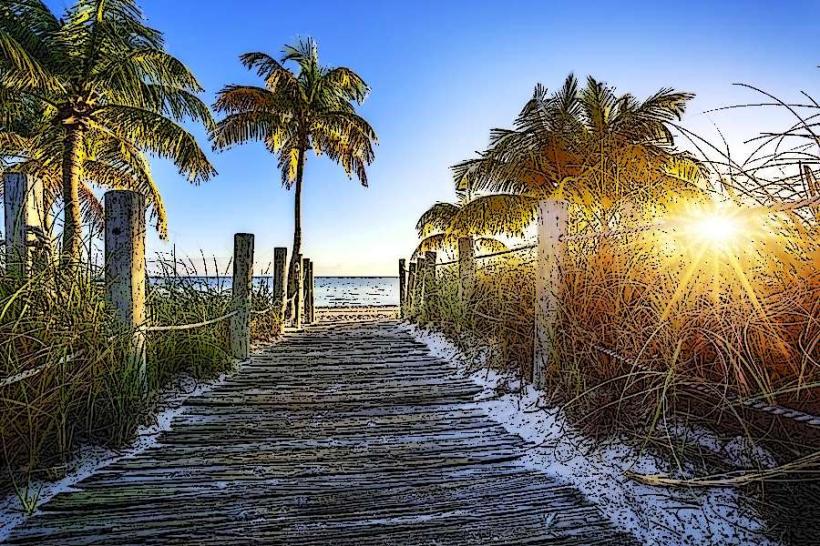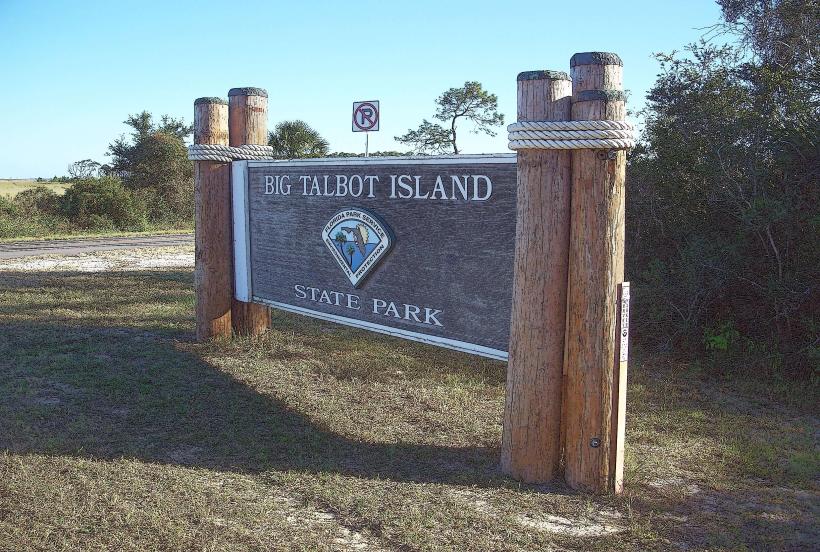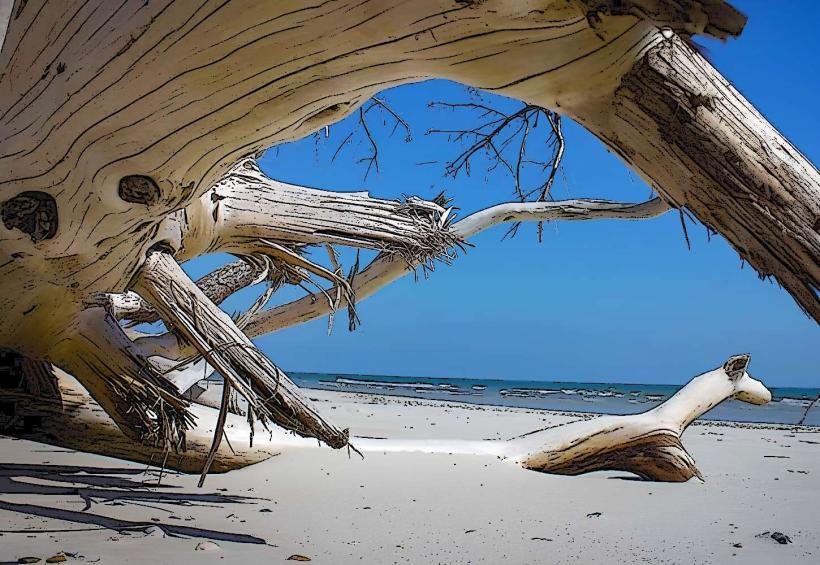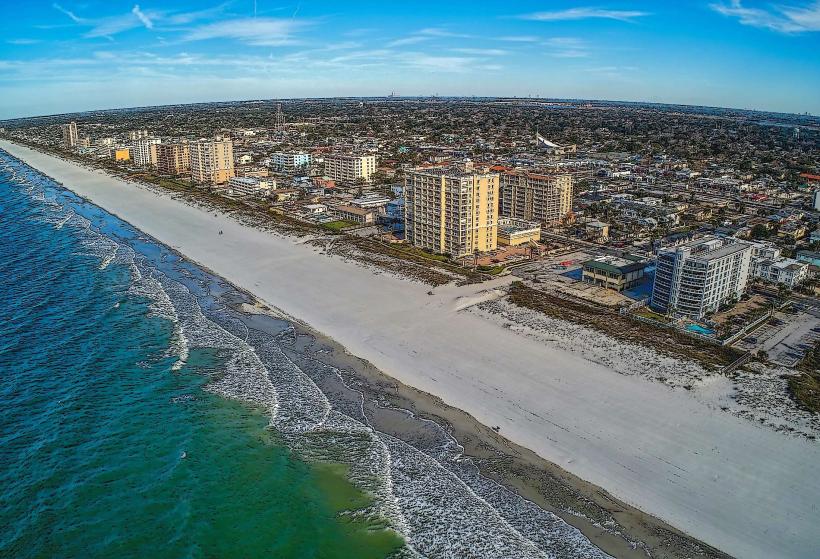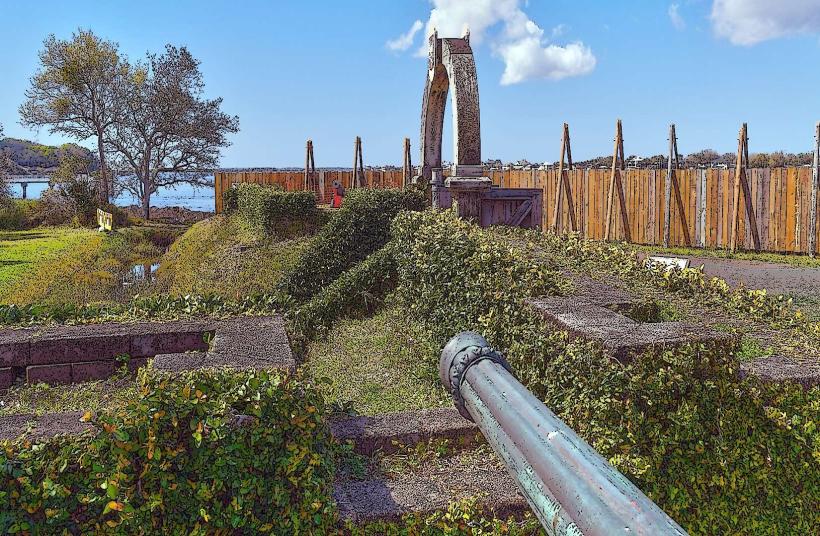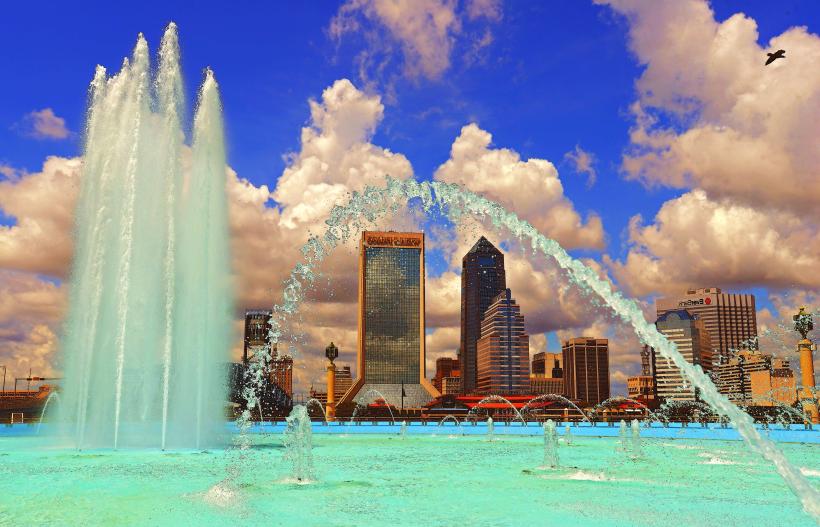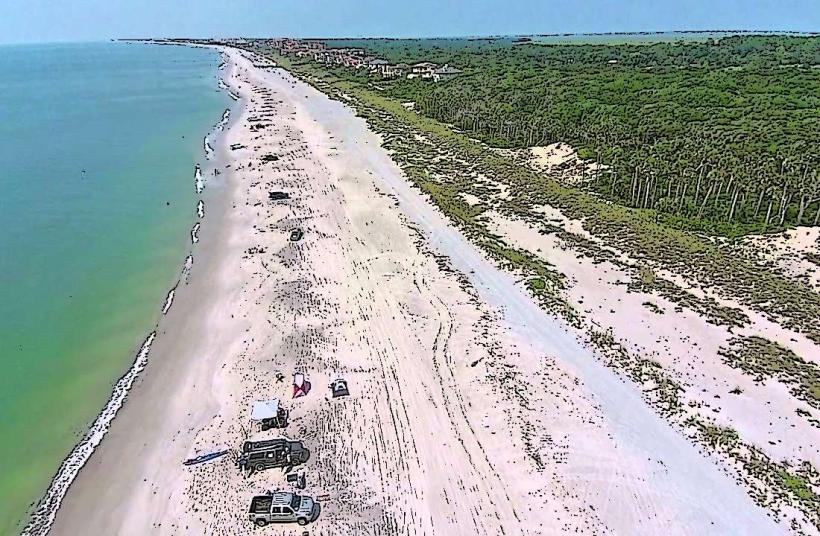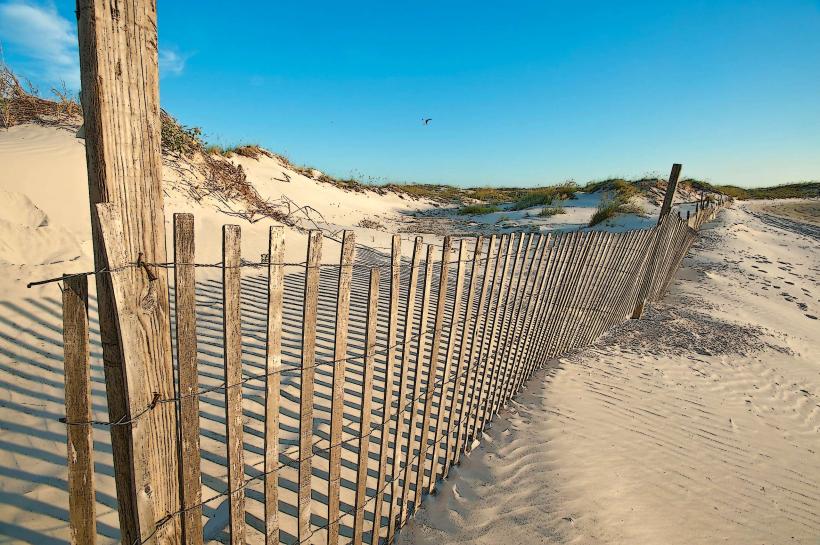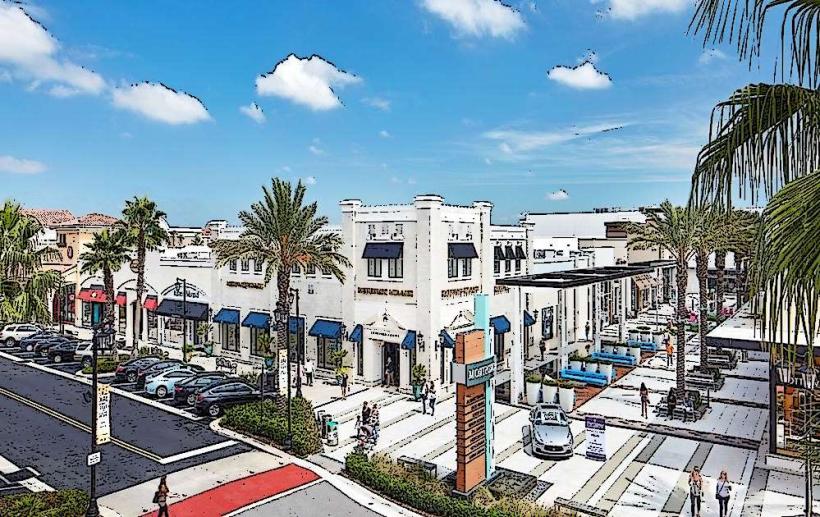Information
Landmark: Kingsley PlantationCity: Jacksonville
Country: USA Florida
Continent: North America
Kingsley Plantation, Jacksonville, USA Florida, North America
Kingsley Plantation, located on Fort George Island near Jacksonville, Florida, is a historically significant site that offers a deep look into the history of slavery, early plantation life, and the interactions between enslaved Africans and European settlers in the Southeast United States. Part of the Timucuan Ecological and Historic Preserve, the plantation preserves not only the physical remnants of the past but also the stories of those who lived and worked there.
Historical Background
The history of Kingsley Plantation stretches back to the late 18th century. The plantation was initially established around 1798 by John McQueen, a plantation owner. However, its most notable period came after it was acquired by Zephaniah Kingsley in 1817. Kingsley was an influential figure in the region, a wealthy slave trader, merchant, and plantation owner. His success came through his ownership of several plantations in Florida, including Kingsley Plantation, where he grew Sea Island cotton, a high-quality crop.
Kingsley’s life was unusual for a slaveholder of his time. He was married to Anna Madgigine Jai, a woman from the Wolof ethnic group of West Africa, who was born in Senegal and brought to Florida as a slave. In a progressive (for the time) move, Kingsley freed Anna in 1811, and they later married, which was a controversial act due to the racial and legal boundaries of the period. Anna played a vital role in the operation of the plantation, and her relationship with Kingsley is a significant aspect of the plantation's history.
In 1821, after the United States acquired Florida from Spain, Kingsley’s life became more complicated. Under U.S. law, interracial marriages were banned, and free people of color had their rights severely restricted. Kingsley moved his family to Haiti to avoid these legal constraints and transferred ownership of the plantation to his nephew, Kingsley Beatty Gibbs.
By 1839, Kingsley sold the plantation, and the legacy of the plantation continued to be tied to both his family and the enslaved people who lived there. The enslaved Africans who worked on Kingsley Plantation were involved in the agricultural labor that supported the plantation’s economy. After the abolition of slavery in the U.S., the land saw changes, and eventually, the site became part of the Timucuan Ecological and Historic Preserve.
Key Structures on the Plantation
Several buildings and structures still stand at Kingsley Plantation, providing visitors with a direct connection to the past. These include the Planter’s House, Kitchen House, Slave Quarters, and various agricultural buildings, each serving as a reminder of different aspects of plantation life.
Planter’s House:
The Planter’s House is the oldest surviving plantation house in Florida. Built between 1797 and 1798, it was constructed using tabby concrete (a mixture of lime, sand, oyster shells, and water), which was a common building material of the time in coastal areas. The house is a two-story structure with a central hall and four one-story wings, designed in the neoclassical style. Although currently closed to the public due to structural concerns, the house remains an iconic part of the plantation and is a testament to the wealth and status of its owner, Zephaniah Kingsley.
Kitchen House (Anna Jai House):
This building, adjacent to the Planter’s House, was originally both the kitchen and the residence for Anna Jai, Kingsley’s wife. It is sometimes referred to as the Anna Jai House in honor of her role in managing the plantation. The structure now houses exhibits related to plantation life and the experiences of the enslaved Africans who lived and worked there. The exhibits focus on their living conditions, the crops they grew, and the social structures that shaped their lives.
Slave Quarters:
The plantation had 32 slave cabins built from tabby concrete, and these structures are among the best-preserved examples of slave housing in the United States. These cabins were where the enslaved individuals lived, and the surviving remnants offer critical insight into the hardships they endured. Archaeological excavations of the cabins have revealed artifacts, tools, and everyday items that give a glimpse into the lives of the enslaved people, helping to tell their stories more fully. Some of the cabins remain, and visitors can walk around these areas and learn more about the physical spaces where the enslaved lived.
Barn:
The barn was built around 1798 and served as a storage and processing area for the agricultural products of the plantation, particularly Sea Island cotton. Today, the barn is used as an auditorium for park programs and events, providing space for educational presentations about the plantation’s history and its role in the broader context of Florida’s plantation economy.
Cultural and Natural Features
While the plantation offers rich historical context, it is also surrounded by natural beauty, which enhances the visitor experience. The area is part of the Timucuan Ecological and Historic Preserve, an environment that blends history with nature.
Historic Gardens:
The plantation grounds feature gardens that highlight the types of crops grown at Kingsley Plantation, including Sea Island cotton and indigo, two key agricultural products of the time. These crops were central to the plantation’s economy and are part of the ongoing efforts to preserve the agricultural landscape of the 19th century.
Wildlife Viewing:
The plantation is situated along the Fort George River, providing stunning views of the surrounding waterways and coastal ecosystems. Visitors can enjoy birdwatching, as the area is home to a variety of local and migratory bird species. There is also a dock that allows visitors to access the water, adding an additional layer of interest for those looking to explore the natural side of the preserve.
Visitor Experience
Kingsley Plantation offers a combination of historical education, cultural interpretation, and natural beauty. Visitors can explore the plantation at their own pace, but the site also provides a variety of programs designed to deepen the understanding of its complex history. The National Park Service provides ranger-led tours that delve into the plantation’s past, discussing its impact on enslaved people, its agricultural practices, and its role in Florida’s broader historical landscape.
Visitor Center and Exhibits:
At the Kingsley Plantation Visitor Center, you can view exhibits that highlight the lives of enslaved people, the role of Anna Jai, and the history of plantation agriculture. The exhibits also cover the broader historical context, including the relationship between slavery, freedom, and the development of Florida as part of the U.S.
Hours of Operation:
Open: Wednesday through Sunday, 9:00 a.m. to 4:30 p.m.
Admission: Free.
Contact: (904) 251-3537.
Visiting the Plantation
Kingsley Plantation is easily accessible from Jacksonville, located at 11676 Palmetto Avenue, Jacksonville, FL 32226. Visitors can drive directly to the site, and parking is available. While the Planter’s House is currently closed due to structural concerns, visitors can still enjoy the grounds, walk through the preserved slave quarters, and experience the Anna Jai House and barn. The site provides a peaceful and reflective environment, offering an educational opportunity for those interested in the history of slavery, the plantation economy, and early American history.
Nearby Attractions
Fort George Island: Kingsley Plantation is located on Fort George Island, which offers additional historic and natural sites to explore, including the Amelia Island Plantation and Timucuan Ecological Preserve trails.
Timucuan Preserve: The larger preserve includes several other historic and ecological sites related to Florida's early colonial history, making it an excellent destination for history and nature enthusiasts alike.
Conclusion
Kingsley Plantation is a significant historical site that offers a deep and nuanced understanding of the plantation economy, the lives of enslaved people, and the impact of early colonialism in Florida. Through its preserved structures, exhibits, and natural surroundings, it serves as an educational resource that brings to life the stories of those who lived and worked there. The plantation provides a valuable opportunity to reflect on the complicated history of slavery, freedom, and race in the United States.

